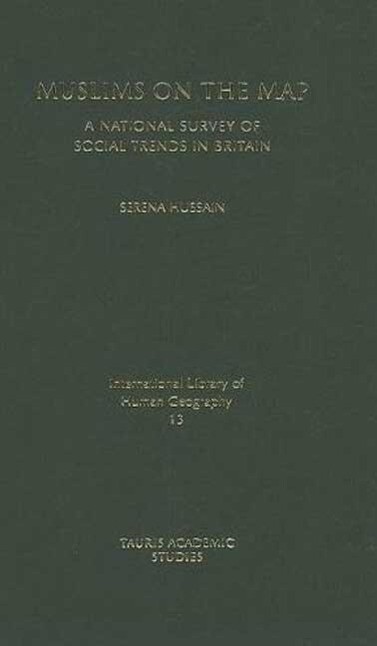Many faith groups in the UK - most notably Muslims - have in recent years challenged the idea that religion should be predominantly a matter for the private domain. In response to this challenge, the 2001 National Census included the question of religious affiliation. Using the large-scale data of the 2001 National Census, "Muslims on the Map" has created the first long awaited community profile which looks at Muslims as an entire faith community from a sociological and social policy perspective. In her analysis, Serena Hussain reveals the social position of Muslims as a group compared to other faith communities in terms of educational qualifications, economic activity and housing conditions and as demonstrated by other poverty indicators. In doing so, she provides the first significant, comprehensive portrait of Muslim communities in modern Britain.
Inhaltsverzeichnis
TABLE OF CONTENTS
Introduction
- Creating a community profile
- Who qualifies as being a Muslim
Becoming Visible
- From Private to Public
- Muslim identity and the Muslim disapora
- Ethical consideration for data on religion
Muslim Communities Hidden and Seen
- 'Three stages' of Muslim settlement in Britain
- Profiling hidden communities
- Current demographic profile of Muslims in Britain
Education
- Differential attainment between ethnic groups
- Issues specific for Muslim students
- What quantitative data adds to the debate about Muslims and education
Families
- Preferences and family types
- Complex households and Co-residence cohesion
- Marriage patterns and Childbirth
- Extended family explored
Housing Services and Disadvantage
- Housing and Amenities
- Greater levels of need and lower service take up
- Family services and community preference
Conclusion
- Areas investigated
- Women
- Diversity and Disadvantage
- Policy implications
? ? ? ? ?


































